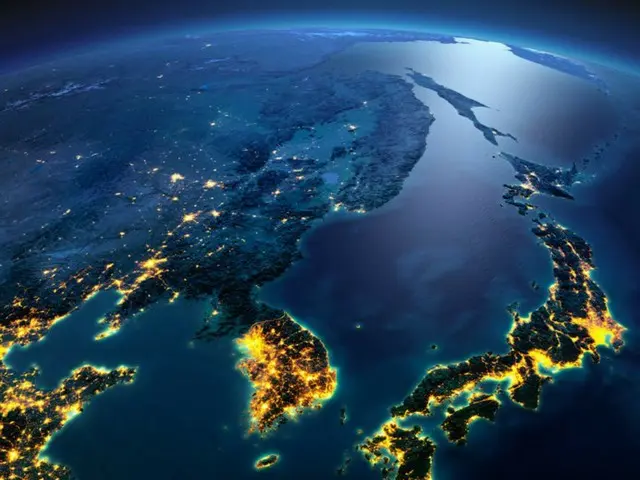The Guardian cited the results of a study published in the journal Nature on the 4th (local time): "An analysis of satellite data shows that in 1986, plant habitats covered less than one square kilometre,
"By 2021, the area had grown to almost 12 square kilometres," it said. "The team found that the spread of plants has accelerated since 2016, with the majority of this growth being mosses."
The report said 2016 coincided with a period when sea ice around the Antarctic began to noticeably shrink. The team suggested that warmer oceans could lead to wetter conditions that are favorable for plant growth.
Moss, which can grow on rocks, can create the foundation for soil and provide the conditions for other plants to grow. The increase in vegetation in Antarctica, which is dominated by ice and rock, is likely due to the fact that global warming is lowering the average temperature in the past.
The Guardian added that this is a signal that things are moving faster. Scientists also believe that this "greening" of Antarctica could be a driver of alien invasive species entering the Antarctic ecosystem.
There are also reports of increased plant habitat in the Arctic, and in 2021, rain instead of snow is expected to fall on the tops of Greenland's enormous ice fields for the first time in history.
"The Antarctic region is still mostly covered by snow, ice and rock, with only a small proportion of vegetation," said Dr Thomas Rowland of the University of Exeter in the UK, who co-led the study.
"But the dramatic changes in just a few areas show that even this vast and isolated ice desert is being affected by human-induced climate change," he said.
He added that until carbon emissions are halted, global warming will continue, which could lead to fundamental changes to Antarctica's biology and environment.
2024/10/05 21:27 KST
Copyrights(C) Edaily wowkorea.jp 78

